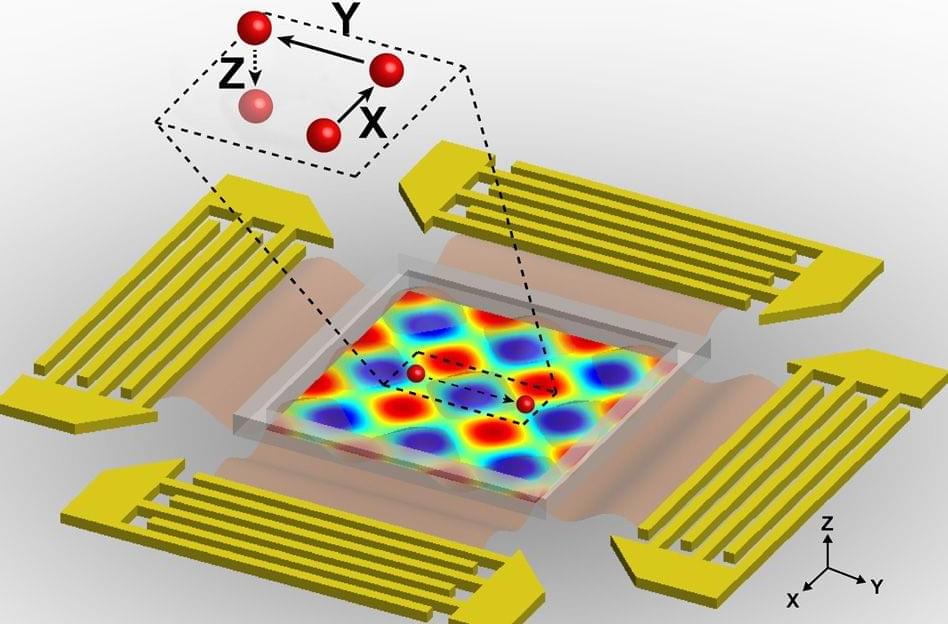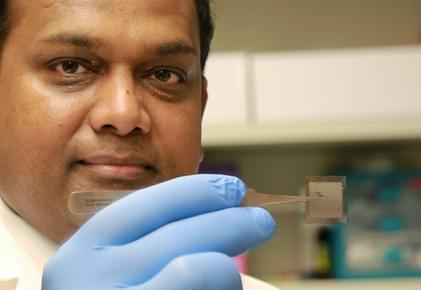Feb 2, 2024
Selection of Intriguing Nontraditional Funding Opportunities
Posted by Logan Thrasher Collins in categories: innovation, life extension
During my pursuits, I’ve come across an increasing number of exciting nontraditional routes for funding scientific research. The efforts of Adam Marblestone and Benjamin Reinhardt have been particularly instrumental in stimulating this ecosystem, but many other great people have contributed as well. These new funding routes are a welcome relief since many of the most innovative and far-reaching projects are not especially suited for receiving governmental NIH, NSF, etc. funding. If you would like to find a more comprehensive list of such alternative funding sources, you should check out https://arbesman.net/overedge/. My own list (below) consists of funding sources that stand out to me as particularly promising. I hope you find this useful and feel free to reach out if you have any questions!
Amaranthe Foundation https://amaranth.foundation/bottlenecks-of-aging “We outline initiatives which, if executed, could meaningfully accelerate the advancement of aging science and other life-extending technologies. The resulting document is a philanthropic menu, for which Amaranth is seeking both talent to execute on and co-funders. If you are a founder, researcher, or philanthropist interested in executing or co-sponsoring one or several of the projects or proposals below, please reach out to us”

















